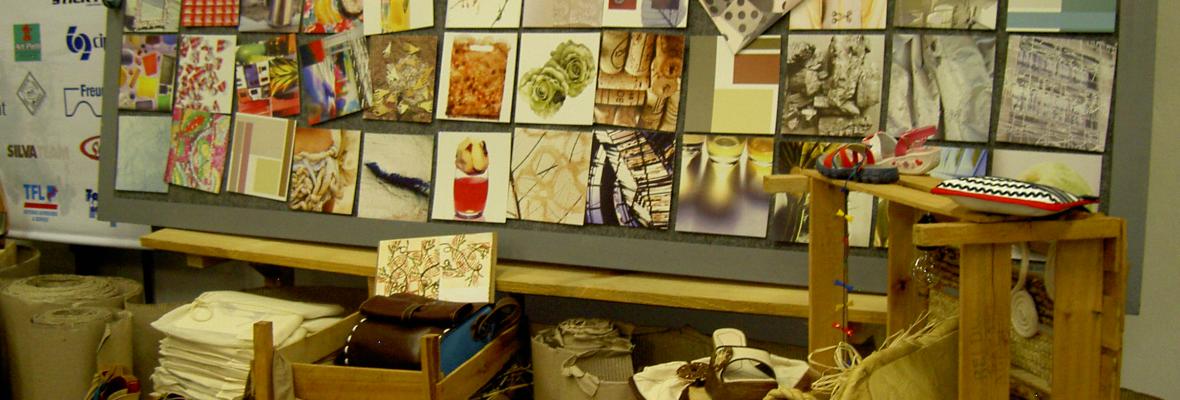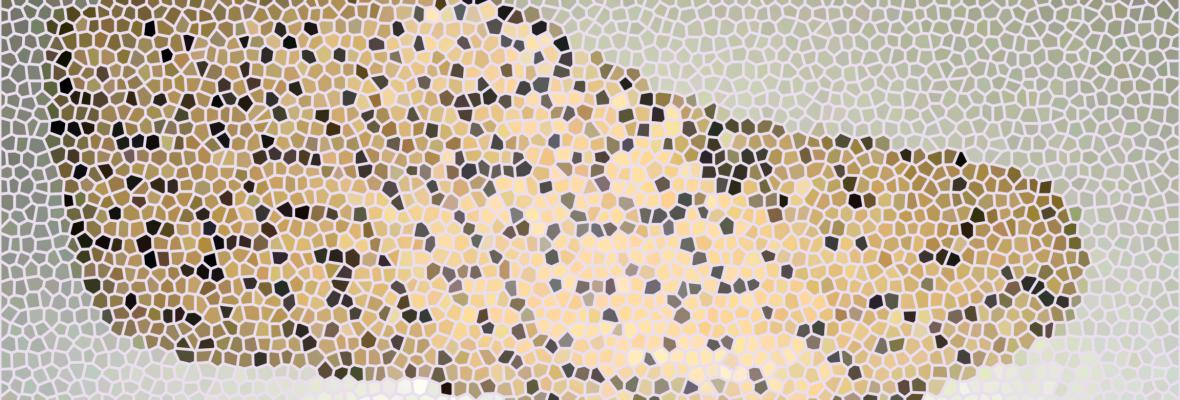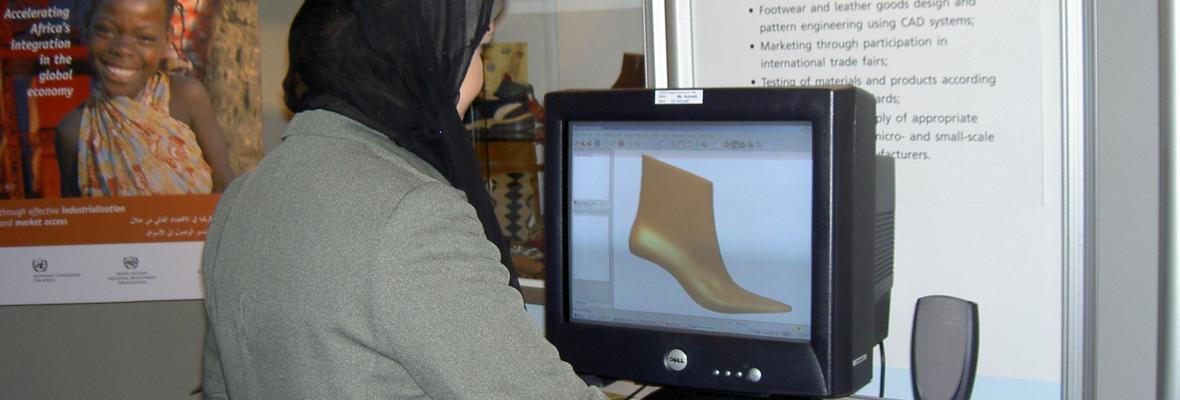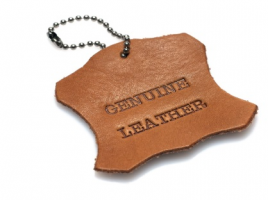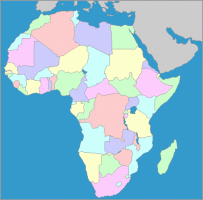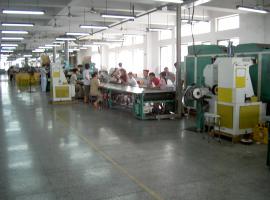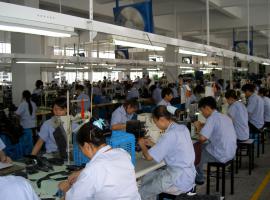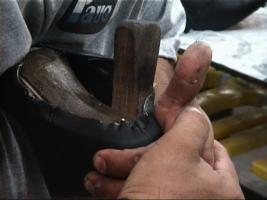You are here
Trends
Determination of global, regional or (sub)sectoral development trends is the part of the mandate and service of UNIDO. Governments and industrialists, as well as international organizations are in need of well-informed forecasts on the leather trade – raw hides and skins availability, chrome-free tanning, footwear consumption, genuine leather substitution and production automation, for example. A number of surveys and studies were prepared by UNIDO for the consideration of the Leather Panel (and earlier system of consultations) meetings to highlight trends and/or expected future developments of the leather-related trade.
Studies by other UN agencies and non-UN international organizations supplement the information on trends and provide forecasts for the leather trade. The Food and Agriculture Organization (FAO), the International Trade Centre (ITC), the International Labour Organization (ILO), the United Nations Conference of Trade and Development (UNCTAD) and the United Nations Environment Programme (UNEP) have issued multiple studies – some of them in cooperation with UNIDO – that address developments in leather-based industry and trade.


